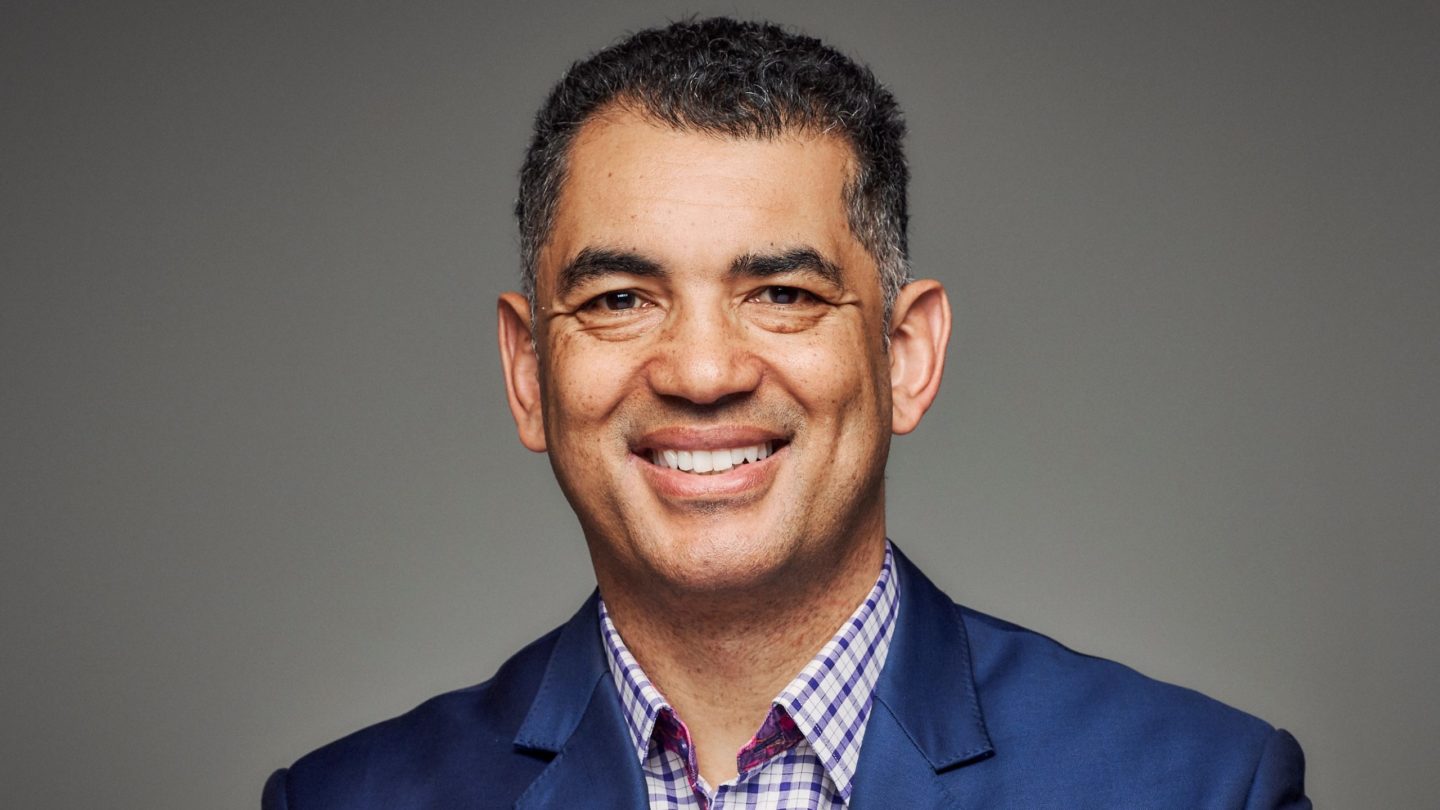Risk is something that can often feel abstract, dry or theoretical. It is why advisers need to ask so many questions to establish their clients’ risk preferences – and why there is always scope to enhance that process. It is also why, time and time again, we see examples of market participants underestimating the risk they are taking on.
When markets are calm and investors are collecting steady returns, it is easy to forget that risk is always part of the equation – the other half of the risk/return trade-off. And then there are the times when risk manifests itself.
This is one of those times.
With Russia’s invasion of Ukraine, sentiment is in the doldrums and the instincts of investors – short term versus long term, sustainable versus unsustainable – are being tested.
This comes against the backdrop of a global pandemic and a resultant environment in which inflation was already a problem. And then you can add to that the possibility of greater risk in the form of escalation of the war.
This is a reminder – if we needed one – that it is not just one factor, but a confluence of factors that tends to create a market crisis. That is one reason why they are very rare, very difficult to predict and very difficult to time.
As an industry, what have we learnt about modelling risk from previous crises that can help us with this one?
The short answer is we have learned crises happen. We have also learned that no model yet devised can predict a crisis, predict how the market will react or predict what the aftermath will look like.
Regime change
A quick look-back at recent history bears this out. In 2008, what derailed markets was a credit crisis – and the aftermath was the worst possible liquidity crisis in corporate bond markets.
In 2020, the left-field event was a pandemic – and what followed was the fastest-ever market recovery. The old saw that ‘this time it’s different’ is well-worn for good reason.
What we do know is that each crisis leads to a change in regime – a complete alteration in the behaviour of assets and their glide paths.
That manifests in heightened – and unpredictable – volatility, and in spikes in correlation. Those bumps we feel are the lurching path we take as we change lane because every crisis makes first-time drivers of us all.
What do these regime shifts look like? Sticking with the examples above, after the 2008 crisis, the nature of fixed income markets changed, with high yield spreads widening, liquidity decreasing and maturity increasing lower down the credit spectrum, and covenants on issuances facing intense scrutiny.
Post-2020, market composition changed, with technology becoming dominant to the point where the beta of the technology sector to the major indices is tending to one.
Risk models still do not react well to such rapid changes of regime. We have a theory – extreme value theory – that can model left-tail events, but we do not have the data to calibrate such models, given we can draw on only a handful of examples from history.
That leads us to a second difficulty: extreme events are, by definition, rare.
If any model was to accord them the weight that would be necessary to make it more resilient to crises, the data would be skewed to the point that the model would lose focus on the normal state.
Art and science
Nonetheless, risk modelling has improved enormously over time. Though we may not know the cause or the effects of the next crisis, our improved understanding of the nature of crises allows us to stress-test the performance and behaviour of portfolios in extreme scenarios.
Theoretical advances have also made models more robust and resilient, especially when it comes to measuring returns and risk over longer timeframes.
Modelling financial risk is as much an art as a science. Its techniques are borrowed from physics, a world of immutable laws, but there are no such laws in finance or economics – and that is where the art comes in.
We are learning all the time about how to overcome the challenges, by combining different models, looking for patterns, refining our data sets. And the Holy Grail of being able to detect and signal changes in regime? That is something the industry is working towards.
When risk plays out, as it is doing today, we remember it is not boring and indeed can be quite frightening.
It does not only affect our investments: the triggers – a pandemic, a war – often belong firmly in the physical world; the impacts – supply chain issues, inflation – touch our everyday lives even when we are lucky enough to be safe from direct harm.
That is why it is so important to have robust risk models in place to support good decision-making – in the easy times and the hard. And why we keep working every day to refine the art and science of modelling crises.
Ben Goss is CEO at Dynamic Planner







